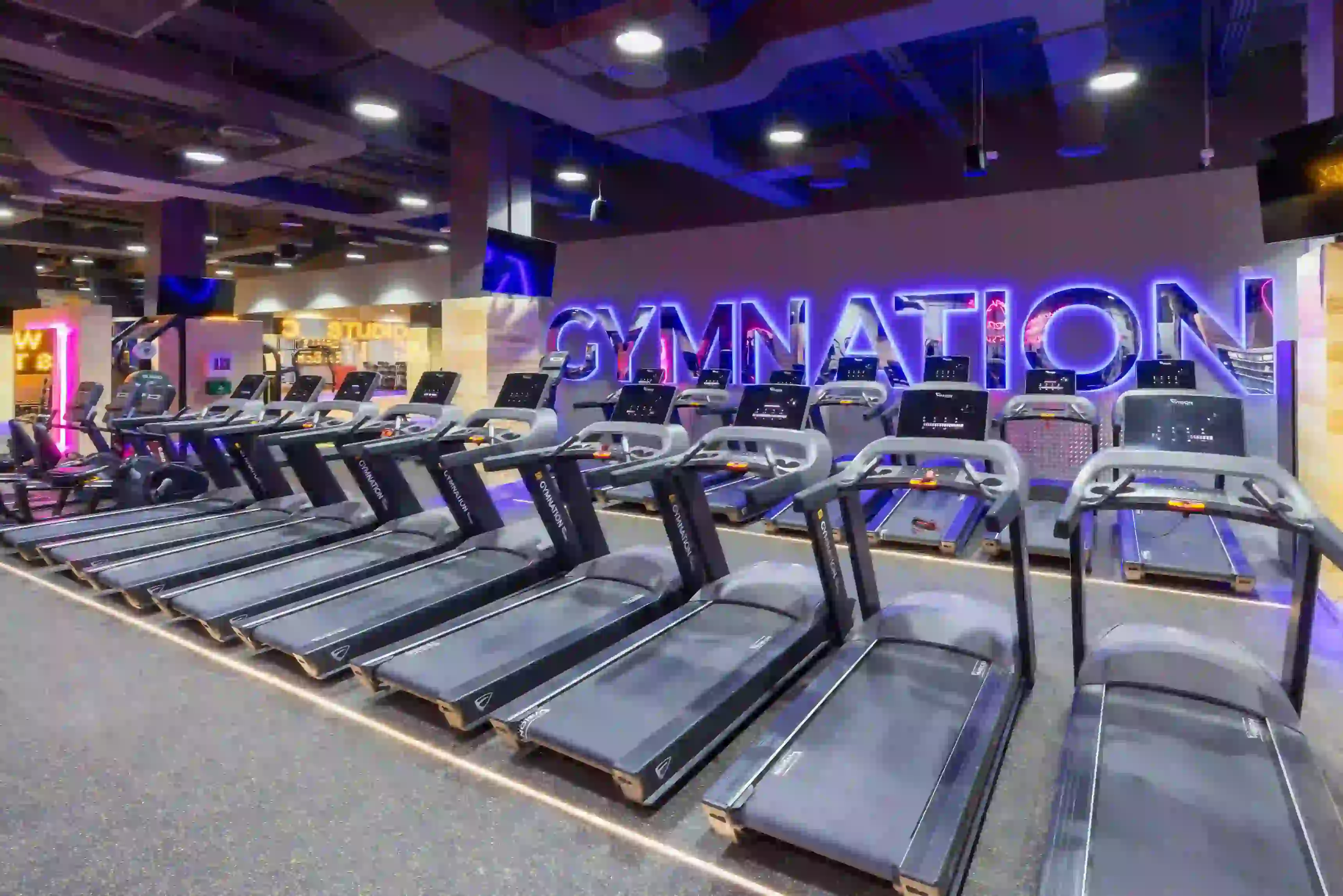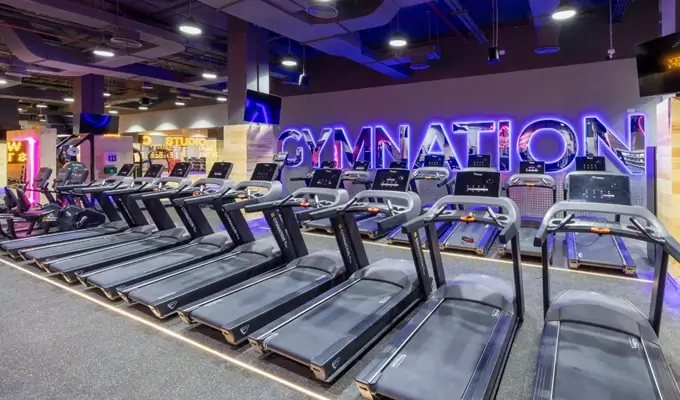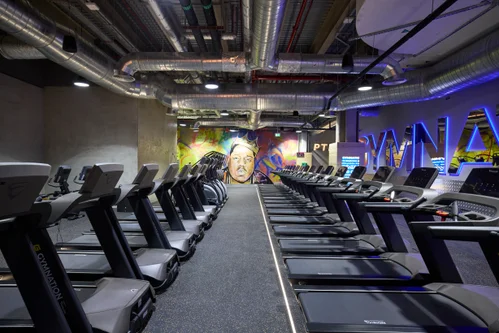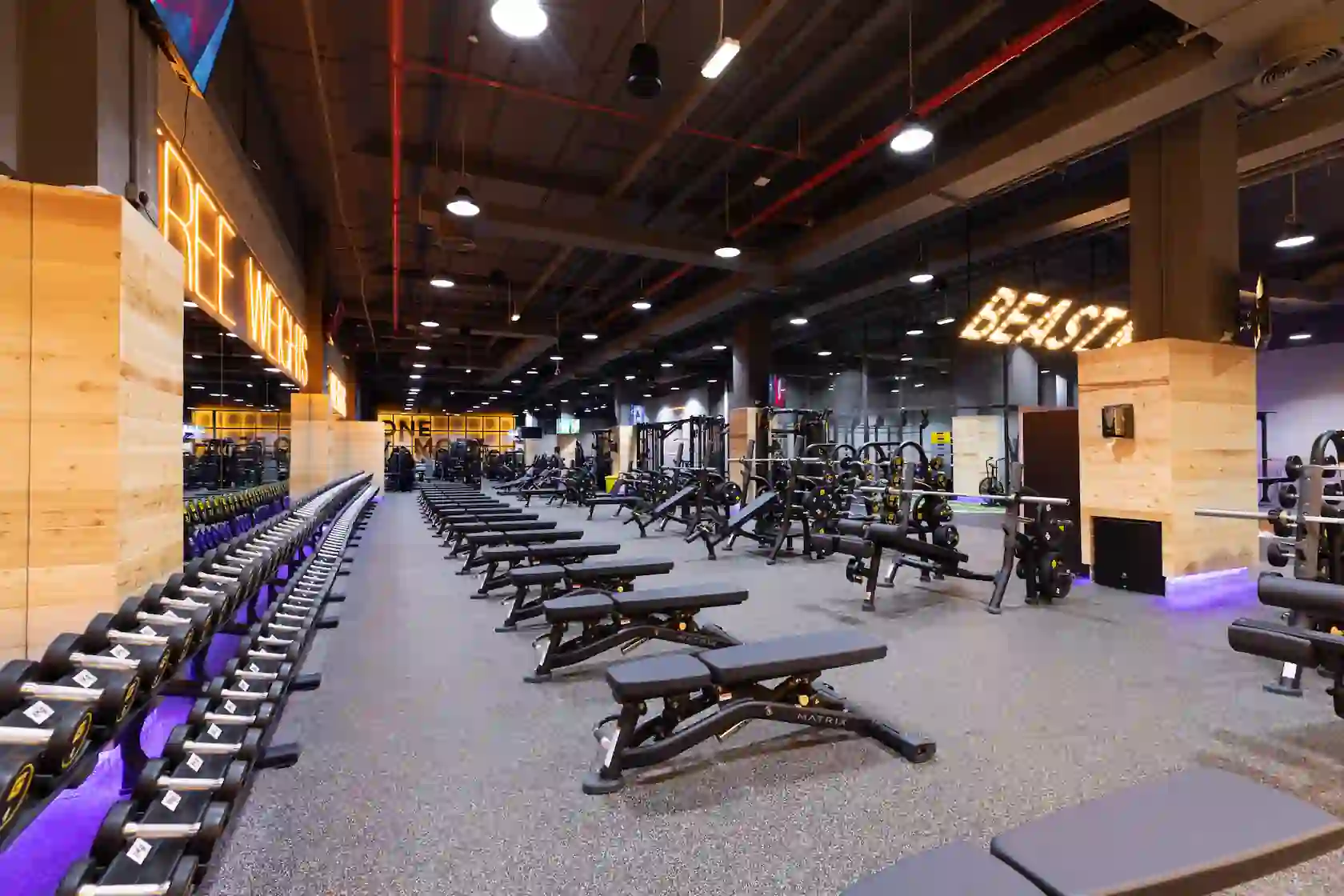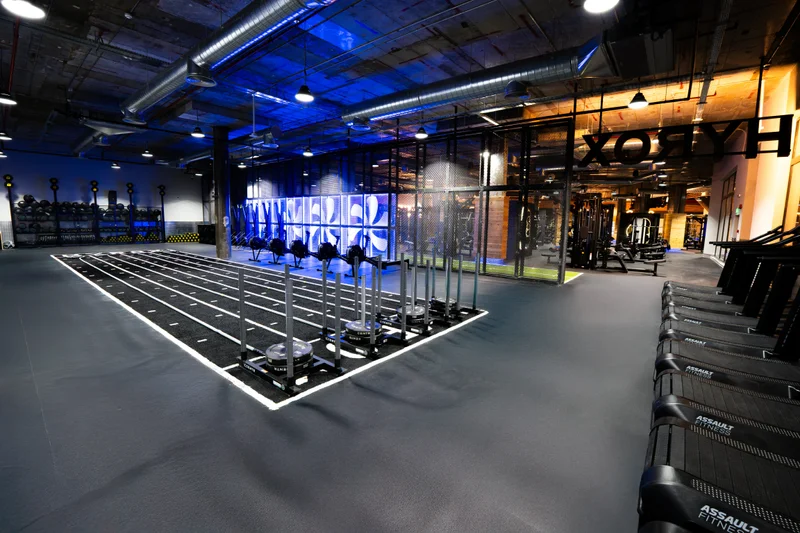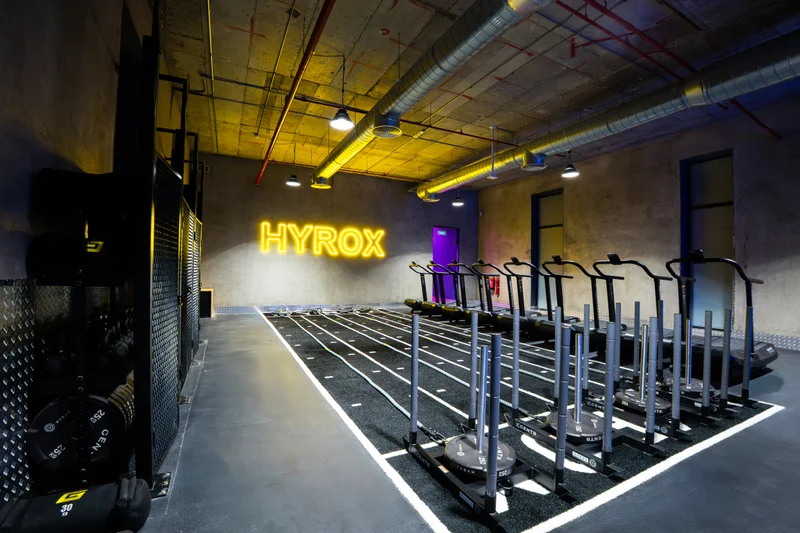Dual-Task Exercise: A Brain-Boosting Ally
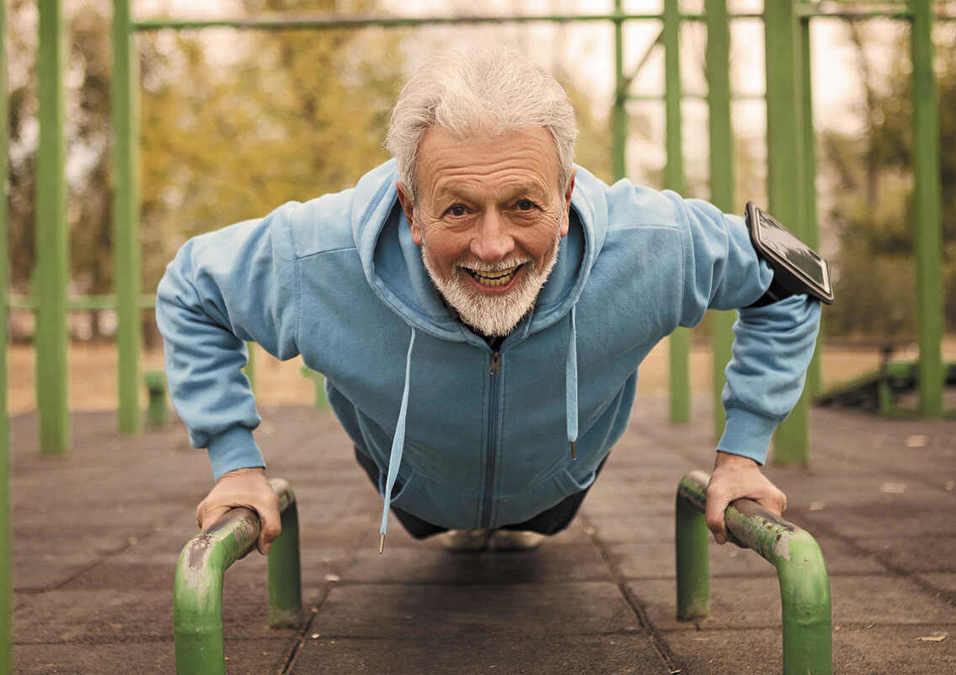
SIGN UP FOR YOUR FREE DAY PASS TODAY!
Alzheimer’s disease affects an estimated 6.7 million older adults in the United States—a number projected to double by 2060.
While there’s no cure and the condition can’t be reversed, research shows you can lower your risk. Among lifestyle strategies, one type of workout stands out: dual-task exercise.
What is dual-task exercise?
Dual-task exercise combines physical movement with a mental challenge.
Think walking while holding a conversation, counting backward, naming animals with each step, or following a changing pattern during a balance drill. This approach engages your body and brain at the same time.
Your ideal gym buddy is…
Why it matters
About 35% of dementia risk is linked to modifiable factors such as midlife high blood pressure, obesity, smoking, social isolation, hearing loss, depression, diabetes, and low physical activity.
Staying active is protective for brain health—and dual-task training may offer added benefits.
What the research shows
A 2022 review in the Journal of Alzheimer’s Disease looked at dual-task training for older adults with cognitive decline.
Programs ranging from 2 to 5 sessions per week, 30 to 120 minutes each, were linked to improvements in:
- Memory and attention
- Problem-solving
- Balance and walking speed
Notably, researchers also found reductions in β-amyloid—a protein associated with Alzheimer’s disease.
The likely reason: dual-task workouts force the brain to process information, coordinate movement, and maintain focus all at once, activating multiple networks and promoting neuroplasticity (the brain’s ability to adapt and form new connections).
Over time, this mental-physical combo can help preserve cognitive skills and support independence.
How to try it
- Walk and talk: Take a brisk walk while discussing a topic or recalling a to-do list.
- Count and step: Walk while skip-counting (by 3s or 7s) or naming cities A–Z.
- Balance and recall: Stand on one leg while reciting a poem or yesterday’s meals.
- Chore circuits: Do light strength moves (e.g., sit-to-stands) while following simple memory tasks or pattern cues.
- Class combos: Choose activities like dance, tai chi, or choreographed fitness that blend movement with coordination and attention.
A bigger picture approach
No single habit can guarantee protection against Alzheimer’s. The strongest strategy pairs regular dual-task exercise with other healthy choices:
- Manage blood pressure, blood sugar, and hearing loss
- Eat a balanced, fiber- and plant-forward diet
- Stay socially connected
- Don’t smoke; limit alcohol
- Prioritize quality sleep and stress management
Bottom line
Dual-task exercise is a simple, accessible way to challenge your body and brain together.
When practiced consistently—alongside broader healthy habits—it may help lower dementia risk and support sharper thinking, steadier movement, and greater independence.
Disclaimer: This information is for general educational purposes only and is not a substitute for medical advice, diagnosis, or treatment.
Always consult a qualified healthcare provider before starting a new exercise or health program, especially if you have medical conditions or take medications.
Source: timesofindia
The opinions shared in the GymNation blog articles are solely those of the respective authors and may not represent the perspectives of GymNation or any member of the GymNation team.
GET YOUR FREE TRIAL TODAY






















